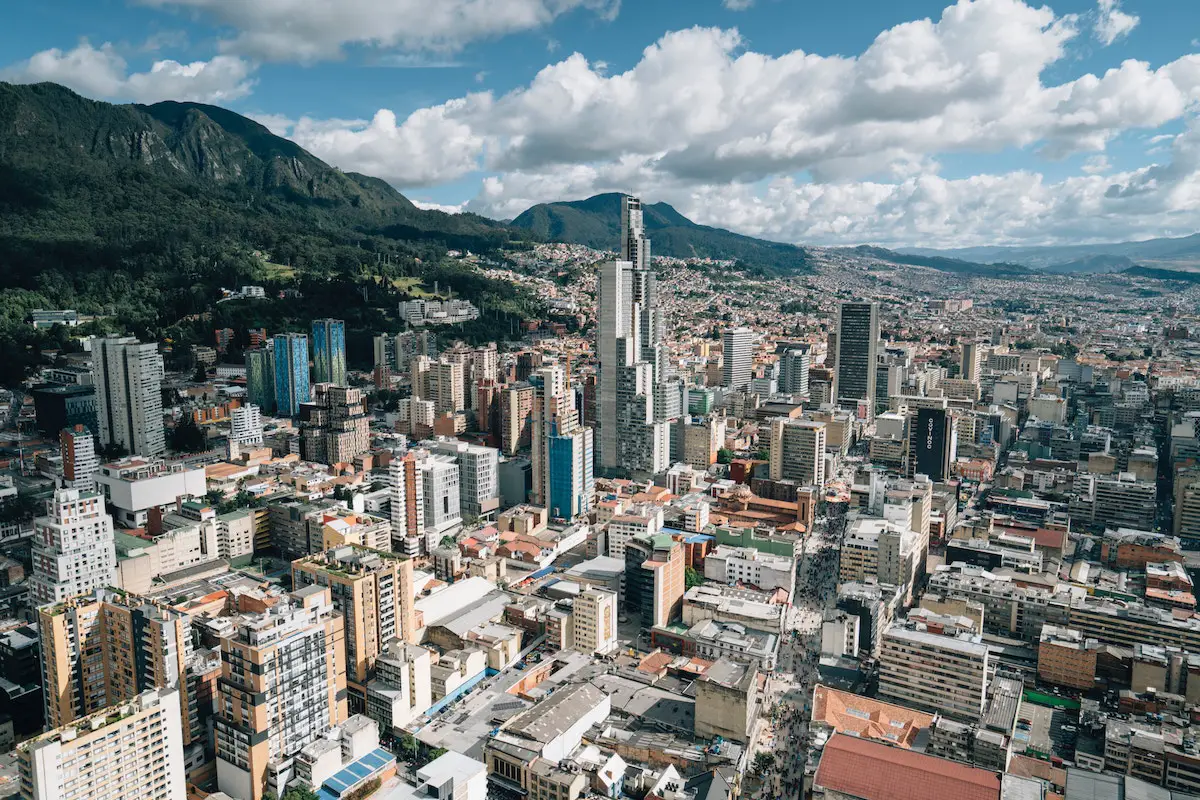You’ve heard the latest on climate change, and as is sadly so often the case, it’s even worse than we thought before. On Monday, May 12, researchers announced that the melting of the West Antarctic Ice Sheet “appears unstoppable”. This means that no matter how much green energy we invest in, how many community gardens we plant, how many carbon offsets we buy, we’re still going to lose a significant chunk of this key ice sheet.
All told, the complete melting of the West Antarctic Ice Sheet is estimated to raise sea levels 16 feet (5 meters). Though it’s unknown whether the sheet will melt completely, and a full melt is likely to take roughly a century, it’s still devastating news for costal cities around the world. The clock is ticking, and planning for a massive sea level rise is now more important than ever.
Cities, which have already born the brunt of climate change-related disasters, will continue to be heavily affected. Ideally, they would be able to draw on the robust support of state/provincial and national governments, but that isn’t always the case. For instance, in the US, the Obama administration has created a plan to help cities deal with climate change (though not specifically rising sea levels). However, a hostile congress has limited the willingness of the US federal government to help. Though the US is an extreme example, other countries may face similar snags in obtaining national support for desperately needed city reforms – if not via outright antagonism, then at least through bureaucratic gridlock.
So, to meet the challenge of rising sea levels, cities will most likely have to take the lead. It’s a difficult challenge to overcome, but there are some indications that city governments are actually more adept than others at rising to the occasion. Here are three main areas cities can focus on.
Added green space and storm preparation
Poor Copenhagen. It has perhaps one of the lowest levels of carbon emissions, but its low-lying geography means it will probably suffer the most from rising sea levels – caused by the emissions of other cities. But those innovative Danes have a solution: prepare the city for increasing storm surges with an innovative strategy that includes a lake designed to hold excess storm water (doubling as a park when the weather is more pleasant), additional plants and green space to absorb excess water, and streets that funnel water toward the harbor, which is better equipped to handle excess water. The city also has a team dedicated to solving long term sea level issues that will affect the city as far out as 2100.
Unfortunately, we don’t know yet what plans are in store for the city in 2100. Furthermore, a sea level rise of 16 feet, or even just four feet, will require more preparation than simply adding green space and improved drainage; a permanent water level rise would simply wash them out. Nevertheless, increasingly violent storms will make them necessary, even on higher ground.
Focus on ports
Ports are the reason why many cities exist in the first place, and they are critical points of entry for necessary goods. And with the exception of ports on lakes like the ports of Chicago, Toronto, and Kampala, Uganda, they are likely to be hit hard by rising ocean levels, since by necessity they are built at sea level. An investigative report in Baltimore details the devastating economic effects rising sea levels would have on the city’s port, other ports would probably face similarly disastrous consequences as well.
One innovative strategy has been developed in Boston, a city which aside from Copenhagen has developed one of the most comprehensive plans specifically oriented toward rising waters. In terms of protecting the city’s port infrastructure, the plan recommends “design and construction of an adjustable parapet wall” installed around wharfs, where a modular construction means that the “elevation could be adjusted as a function of time as necessary”. Nevertheless, there’s no way that operations at ports will not become increasingly difficult; the report calls for clear evacuation plans to be put in place.
Identify at-risk areas and coordinate with stakeholders
Wherever possible, cities should look to use “green” options (wetlands, increased green spaces) to hold back rising waters instead of “gray” options (levees, floodgates, or other barriers made from concrete or similar materials). But in the future, some gray options may be necessary. Rising sea levels mean that an increasing number of cities will perhaps look like New Orleans, where vast chunks of the city are below sea level, protected from water by a series of levees and other man-made barriers.
And the infamous example of Hurricane Katrina showed us what can happen when levees and other gray options give out. Additionally, some cities around the world may not be able to put up barriers in time to keep water out. Cities need to carefully document areas that are at risk. If these areas are publicly owned, they should consider converting these areas to parks and removing critical infrastructure that would cease to function in a flood. Sadly, these areas may need to be abandoned after potentially being permanently covered with water. In the case of transportation infrastructure, cities should consider how to direct traffic to routes on higher ground. A focus on more robust public transportation in higher areas may help to lead the charge.
For at-risk areas owned by private individuals or companies, cities need to develop an outreach strategy that respects ownership rights but makes it easier for owners, tenants, workers, and other users of the land to cope with rising waters that may never recede. This means that their land will eventually lose most, if not all, of its usefulness. Ideally, cities will be able to facilitate a smooth relocation to areas that are not at risk from permanent sea level rise. This will be a monumental undertaking, in which cities will hopefully have the backing of state and national governments. Clear plans must be agreed on so that people who live and work in washed out areas can be relocated in a way that is equitable as possible to both them and residents of areas they are relocated to. There’s no way to get around the difficulty of this task, but if we don’t begin now, we’ll be much worse off later on.
Dealing with climate change is a daunting task. But even though cities will be among the hardest hit, they are also the sources of innovative policies and programs to cope with the change. A recent article in CitiesSpeak.org shows how city governments across the US have been working together to exchange ideas on how to deal with their problems, and unite to work with the federal government to produce a broad reaching solution across the country. Similar strategies should be repeated in other countries. Dealing with sea level rise is going to take everything we’ve got, but there’s still hope that we’re up to the challenge.
Drew Reed is an online media producer and community activist specialising in sustainable transportation. He lives in Buenos Aires.
Photo: Isaak Dury


